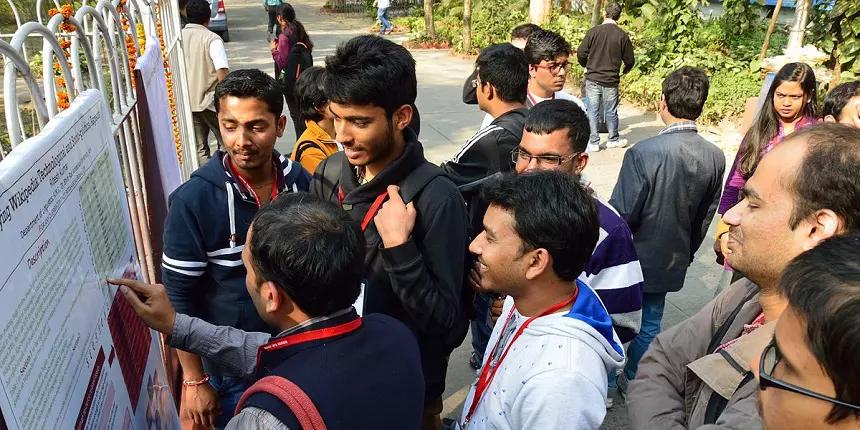JEE Main 2024: NTA clarifies on normalisation; 8 students score 100 percentile in Jan 27 exam
Ayushi Bisht | February 17, 2024 | 04:59 PM IST | 2 mins read
JEE Main 2024 Results: The NTA clarified 'normalisation procedure based on percentile score' was used to ensure that the students are not affected due to difficulty level.
JEE Main 2026: Preparation Tips & Study Plan
Download the JEE Main 2026 Preparation Tips PDF to boost your exam strategy. Get expert insights on managing study material, focusing on key topics and high-weightage chapters.
Download EBook
NEW DELHI: The National Testing Agency (NTA) has issued a notification clarifying various issues that were raised by students after the declaration of Joint Entrance Exam (JEE) 2024 Main session 1 results. The clarification was issued in response to numerous candidates who took to social media to voice their concerns over the alleged discrepancies in the results.
JEE Main 2026: Official Website | Top 30 Most Repeated Questions
JEE Main Prep: Study Plan | Preparation Tips | High Scoring Chapters and Topics
JEE Main QP & Mock: Previous 10 Year Questions | Chapter Wise PYQs | Mock test Series
JEE Main Most Scoring Concept: January 2025 Session | April 2025 Session
A total of 11,70,036 appeared in JEE Main paper 1 in the January session. Many students claimed that there was a considerable difference in the JEE Main marks vs percentile and the January 27 and 29 shifts had more number of students leaving the students at disadvantage.
However, as per NTA data, 8 students scored 100 percentile in shift 1 of January 27 JEE Main 2024. Apart from this, January 27 shift 1 and shift 2 had 1.22 lakh and 1.25 lakh candidates, which is 10% and 10.3% respectively. "JEE Main session 1 has been conducted as per the norms and procedures followed for the conduct of any high-stakes examination, NTA ensured that the examination provided fair and equal opportunity for all candidates," NTA said.
Also read JEE Main 2024: NTA says candidates evenly distributed in session 1; no data on absentees
NTA official notification read, "As per the norms followed by NTA, various question papers of a similar nature in content were prepared and randomly selected for each shift without knowledge of the difficulty level of each question paper. The varied difficulty level in question papers is an inherent part and parcel of multi-shift examination and thus normalisation is the preferred mode for deciding scores. There is no equivalence between raw scores and normalised scores".
"The 'Normalization procedure based on Percentile Score' was used to ensure that candidates were neither benefitted nor disadvantaged due to the difficulty level of the examination," the notification added.
JEE Main 2024 normalisation process
JEE Main exam is conducted in multiple shifts to accommodate candidates, the difficulty level of the question papers may vary between different shifts. JEE Main normalisation ensures that no candidate is unfairly advantaged or disadvantaged due to the difficulty level of their particular shift. It is the process of equalising the level of difficulty level of the JEE Main when it is conducted in multiple shifts.
The JEE Main normalisation process considers the overall ability of a candidate remains constant, regardless of the shift's difficulty level. According to the NTA, the normalisation process ensures a homogeneous candidate distribution based on the report of the expert committee, consisting professors from the Indian Institutes of Technology (IITs), Indian Statistical Institute (ISI), and Indian Institute of Science (IISc) in November 2018 and reviewed in October 2020.
Follow us for the latest education news on colleges and universities, admission, courses, exams, research, education policies, study abroad and more..
To get in touch, write to us at news@careers360.com.